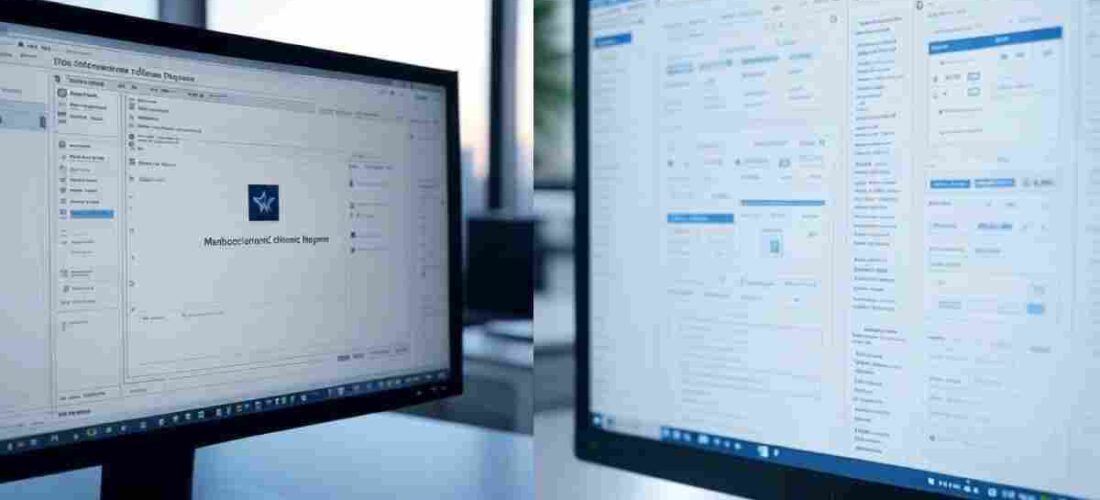In today’s competitive digital landscape, professionals across various industries are constantly seeking tools and applications that can improve their productivity and overall performance. Software programs designed to enhance personal and professional capabilities have become increasingly sophisticated, offering users comprehensive solutions for goal achievement and skill development.
Understanding Modern Performance Software Applications
The evolution of performance enhancement technology has led to the development of specialized software solution’s that address various aspect’s of personal and professional growth. These applications combine data analytics, behavioral psychology, and user-friendly interfaces to create comprehensive platforms for improvement and optimization.
Modern software programs in this category often include features such as progress tracking, goal setting mechanisms, performance analytics, and customized improvement plans. The integration of these elements creates powerful tools that can significantly impact user outcomes across multiple areas of life and work.
Key Features of Advanced Enhancement Programs
Comprehensive Tracking and Analytics
Performance enhancement software typically includes robust tracking capabilities that monitor user progress across various metrics and timeframes. These systems collect data on user activities, achievements, and areas requiring improvement, providing valuable insights for continued development and optimization.
The analytics components of these programs often include visual dashboards, progress reports, and trend analysis tools that help users understand their performance patterns. This data-driven approach enables more informed decision-making and strategic planning for continued improvement and goal achievement.
Customized Program Development
The most effective enhancement software offers personalized program creation based on individual user needs, goals, and current performance levels. The menboostermark software program exemplifies this approach by providing tailored solutions that adapt to specific user requirements and objectives.
Customization features typically include adjustable difficulty levels, flexible scheduling options, and personalized content delivery that matches individual learning styles and preferences. This personalized approach ensures that users receive maximum benefit from their investment in performance enhancement technology.
Implementation Strategies and Best Practices
Establishing Clear Objectives
Successful implementation of performance enhancement software requires clear goal definition and realistic expectation setting. Users should identify specific areas for improvement and establish measurable objectives that align with their personal or professional aspirations before beginning any structured program.
The process of goal establishment should include both short-term milestones and long-term objectives, creating a comprehensive roadmap for improvement. This strategic approach maximizes the effectiveness of software tools while maintaining user motivation throughout the enhancement process.
Consistent Usage Patterns
Regular engagement with performance enhancement software represents a critical factor in achieving desired outcomes. The menboostermark software program requires consistent daily or weekly usage to deliver optimal results and maintain progress momentum, similar to other effective enhancement tools in the market.
Developing sustainable usage habits involves integrating software activities into existing routines and schedules. This integration approach reduces the likelihood of program abandonment while ensuring that enhancement activities become natural components of daily life.
Technology Integration and Compatibility
Cross-Platform Functionality
Modern performance enhancement software often includes cross-platform compatibility that allows users to access their programs across multiple devices and operating systems. This flexibility ensures continuity of use regardless of location or available technology, supporting consistent engagement with improvement activities.
Cloud-based synchronization features enable seamless data transfer between devices while maintaining privacy and security standards. Users can access their progress data, customized programs, and achievement records from any compatible device with internet connectivity.
Data Security and Privacy Protection
Professional-grade enhancement software incorporates robust security measures to protect user data and maintain privacy standards. Applications like the menboostermark software program should include encryption protocols, secure data storage, and transparent privacy policies that clearly outline data usage and protection measures.
Regular security update’s and compliance with industry standards ensure that user information remains protected throughout the program duration. These security features build user confidence and support long-term engagement with enhancement activities.
Measuring Success and Long-Term Outcomes
Performance Metrics and Evaluation
Effective performance enhancement software provides comprehensive measurement tools that track user progress across multiple dimensions and timeframes. These metrics should include both quantitative data points and qualitative assessments that capture the full scope of user improvement and development.
Regular evaluation of program effectiveness helps users adjust their approaches and maintain motivation throughout their enhancement journey. Advanced programs such as the menboostermark software program offer these evaluation capabilities, enabling users to make informed decisions about continued program participation and optimization strategies.
Conclusion
Performance enhancement software represents a valuable investment for individuals committed to personal and professional growth. The combination of advanced technology, personalized programming, and comprehensive tracking capabilities creates powerful tools for achieving meaningful improvement across various life areas. Success with these programs requires consistent engagement, clear goal setting, and strategic implementation of available features and resources.


